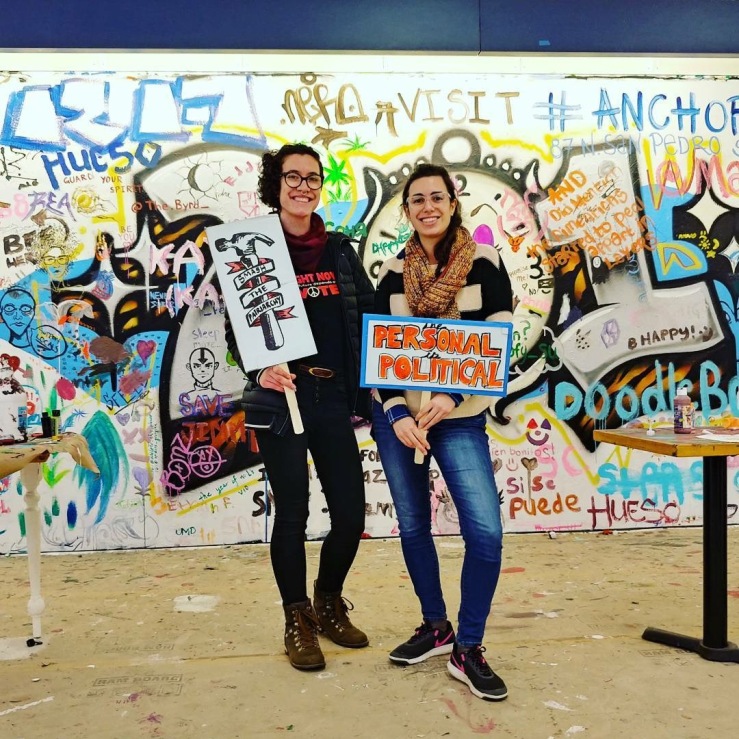In considering the question of how we can create healthy movements, I decided to read the article “Reflections on Movement Building and Community Organizing” by Gary Delgado. The thoughts presented in this brief post are based on what I gleaned from perusing this single source.
As a fledgling learner of the organizing field, I have started analyzing my previous misconceptions regarding community organizing for the sake of gaining a better understanding of the topics I’m studying. This analysis led me to evaluate the concept of movement work. In the past, I generally understood community organizing to mean social movements. Although I assumed there must be some differentiating factors, I equated the two terms in my vague interpretation.
Now that I’ve learned a great deal about community organizing in such a short time, I have a much better understanding of what the term “community organizing”, and the field associated with it, entails. This week, when we were asked to ruminate on the topic of movements and movement work, I came to the realization that I didn’t truly have a grasp of what a movement was, now that I had come to a deeper understanding of community organizing. I decided to do some brief research in order to gain insight on what movements are, in relation to community organizing:
What was most clear to me, from the work I read, is that there is no consensus among activists and organizers regarding the relationship between organizing and movements. That is, whether the focus should be on building social movements, or, if organizing should be about building power through the very process of organizing, influencing the public’s opinion, and in the process, a movement would be organically born (or not).
Many young activists are drawn to the idea of building mass movements due to their scale; when they see the massive scale of systematic oppression and social injustice, they feel the need to combat it at that same level.
That being said, there is another outlook which contradicts the former. In social action, a movement may not, or possibly should not, be the goal; the aim is to organize and influence the public eye; a movement is the potential byproduct of that organizational work and influence, when there is an infrastructure to support it.
According to the latter belief, the focus for contemporary movement building needs to be the internal practices and processes of the organizing taking place. When all the necessary elements and resources come together effectively, a movement may be possible. The antiquated framework of focusing on the desired result of the movement disregards the important internal components required for creating something sustainable. If the aspiration is purely building a movement, the process of creating solid leaders, community ownership, coordinating relationships and resources, as well as building massive numbers over shared sentiment, will be lost. Only organizing can create the mass needed for a mass movement—mobilizing cannot accomplish that.
As a Community Organizing student, I have to say I am swayed by the school of thought emphasizing the organizing process as the healthy way to build sustainable movements. At this point, my comprehension of the implactions of these perspectives is still shallow; I look forward to securing a deeper understanding of the relationship between social action as organizing, and social movement work.
Hillary Smith
References
Delgado, G. (n.d.). Reflections on Movement Building and Community Organizing. Retrieved January 30, 2018, from http://racialequitytools.org/resourcefiles/ReflectionsonMovementBuildingandCommunityOrganizingv5_000.pdf


